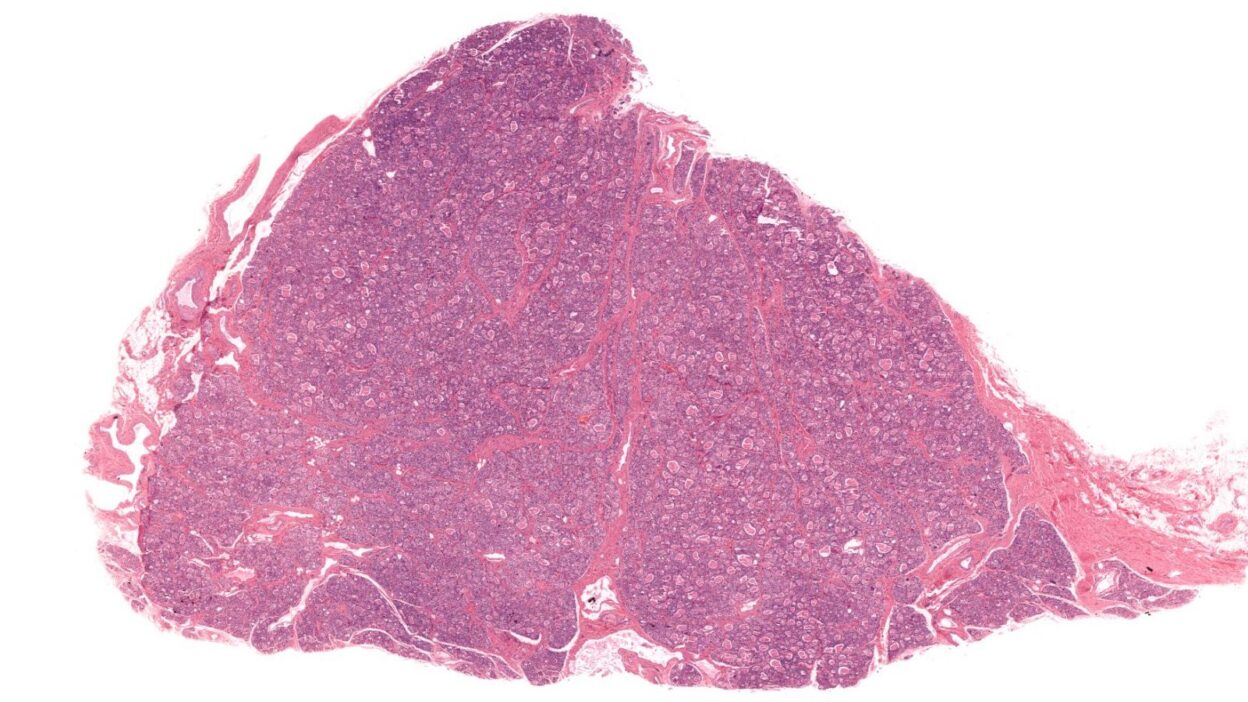Digital pathology is revolutionizing the field of diagnostic medicine, offering new ways to analyze, share, and interpret pathology slides. By converting glass slides into high-resolution digital images, this technology is streamlining workflows, enhancing collaboration, and opening the door for advanced analytics in pathology.
What is Digital Pathology?
Digital pathology involves the acquisition, management, sharing, and interpretation of pathology information in a digital environment. Instead of viewing tissue samples through a microscope, pathologists can now examine high-quality digital scans on a computer screen. These images can be stored, annotated, and shared instantly, making the process much more efficient.
Key Benefits
1. Improved Workflow Efficiency
- Faster Slide Review: Digital slides can be reviewed from anywhere at any time.
- Easy Retrieval: No need to search for physical slides in storage.
- Simultaneous Access: Multiple experts can access and review the same image concurrently.
2. Better Collaboration
- Remote Consultations: Experts from around the world can offer second opinions without shipping slides.
- Education and Training: Digital archives make it easier to create teaching sets for medical students and residents.
3. Enhanced Analysis
- Artificial Intelligence (AI): Machine learning algorithms can assist in detecting patterns, counting cells, and even diagnosing certain conditions.
- Quantitative Reporting: Pathologists can measure features accurately using software tools.
Applications
- Cancer Diagnosis: Digital pathology is widely used for tumor grading and margin assessment.
- Research: Large datasets enable more robust studies and clinical trials.
- Quality Assurance: Digital records allow for easy case reviews and audits.
Challenges
- Initial Costs: High-quality scanners and secure storage require significant investment.
- Data Security: Patient confidentiality must be maintained with robust cybersecurity.
- Regulatory Approval: Adoption depends on local regulatory frameworks and standards.
The Future of Digital Pathology
With continued advances in scanning technology, cloud storage, and AI-powered analysis, digital pathology is expected to become the standard in hospitals and labs worldwide. Its potential to improve diagnostic accuracy, speed up workflows, and facilitate global collaboration makes it a cornerstone of modern medicine’s digital transformation.
Conclusion
Digital pathology is more than just a technological upgrade; it’s a paradigm shift in how pathology is practiced. As adoption grows, patients and clinicians alike stand to benefit from faster, more accurate diagnoses and improved access to expertise worldwide.
